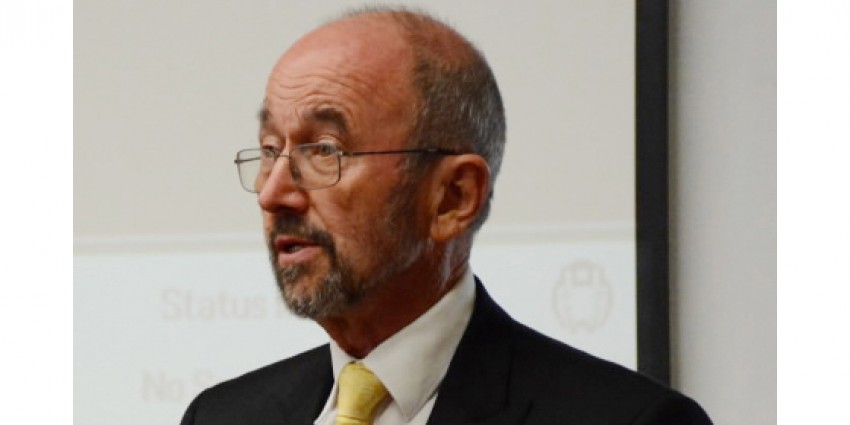
Hopefully, when the celebrations of NAIDOC Week are over it will contribute to diversity within Australian workplaces.
Aboriginal and Torres Strait Islander employment remains lower than it should be, with the 2016 Census identifying the unemployment rate of Aboriginal and Torres Strait Islander people as 18.4 percent.
In its 2018 report Leading for Change (PDF) the Australian Human Rights Commission examined the cultural backgrounds of chief executive officers of ASX 200 companies, federal ministers, heads of government departments and vice-chancellors of universities.
Of the 372 chief executives and equivalents identified in this study, the Australian Human Rights Commission found 76.9 per cent had an Anglo-Celtic background, 2.7 percent had a non-European background and 0.3 percent had an Aboriginal/Torres Strait Islander background.
There is a combination of factors which contribute to these statistics, including bias, prejudice, and discrimination.
Human judgement is susceptible to bias and preconceived ideas (aka discrimination), including ideas about what type of person would be suitable for a job.
However, it would be unlawful to discount a candidate for a role based on their race and it would be unwise.
In Western Australia we have seen Aboriginal people as ministers, members of parliament, university professors, doctors, lawyers, CEOs and leaders of political parties.
Diversity enhances a workplace by adding different perspectives on the organisation and the services it provides.
Furthermore, under the Equal Opportunity Act 1984 (the Act), it is lawful to purposefully employ an Aboriginal person in a specific role to enhance an organisation’s diversity.
Section 51 of the Act allows an employer to employ an Aboriginal person as a measure intended to achieve equality.
Section 50d can be used if there is a genuine need for an Aboriginal person to occupy a role, to better serve Aboriginal clients.
The Leading for Change report found many organisations needed to deal with cultural diversity beyond ‘food and festivals’ and while it recognised these steps were important, it warned that action could not begin and end with cultural celebration.
This NAIDOC Week I encourage decision makers to think about how cultural diversity can be meaningfully incorporated into their organisations, so that the celebrations of NAIDOC Week translate into strategies that decrease Aboriginal and Torres Strait Islander unemployment and increase the representation of Aboriginal and Torres Strait Islander people in executive roles.


